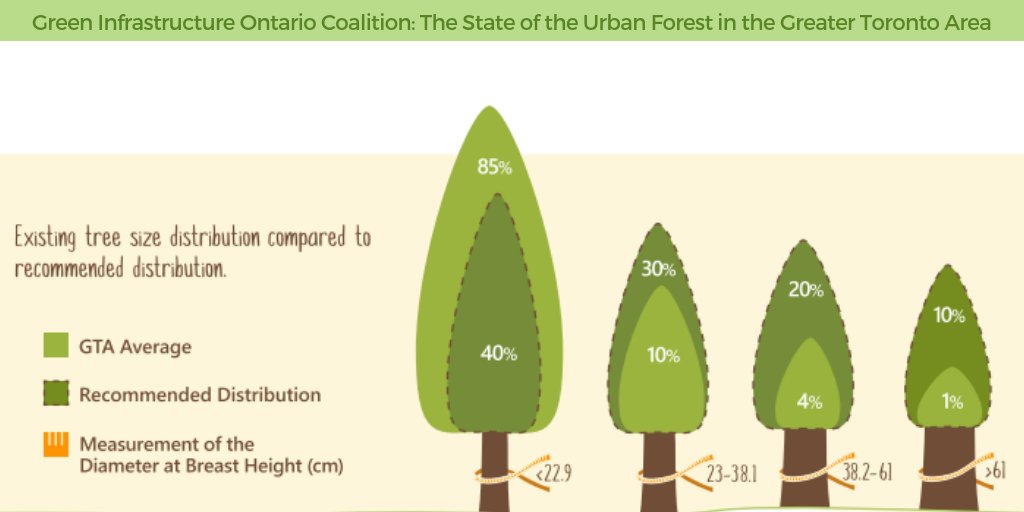Seasonal Tree Management: Methods For Taking Care Of Trees Before And After Their Removal
Seasonal Tree Management: Methods For Taking Care Of Trees Before And After Their Removal
Blog Article
Short Article Writer-
When it comes to seasonal tree care, making sure correct administration before and after elimination can considerably affect the health and aesthetic appeals of your landscape. By comprehending the essential actions associated with examining tree health and wellness and planning for elimination, you can proactively safeguard your home. But what about the critical methods to adhere to when the tree is gone? Remain tuned to uncover the necessary post-removal care steps that will help you grow a flourishing and lasting setting for your trees.
Pre-Removal Tree Care
Before attending to the removal of a tree, it's important to prioritize pre-removal tree treatment. Begin by examining the tree's health and architectural honesty. Try to find indicators of disease, insect infestations, or any type of structural issues that might posture a safety danger during elimination. It's necessary to speak with a licensed arborist to identify the most effective course of action.
Pruning dead or diseased branches can prevent additional damage to the tree and make certain a smoother removal process.
Furthermore, think about the ecological impact of getting rid of the tree. Trees play a crucial duty in our ecological community, so growing a brand-new tree in a suitable area can assist offset any loss. Ensure that you have the necessary authorizations and consents for tree removal, specifically if the tree is secured by neighborhood guidelines.
Seasonal Upkeep Tips
Assessing your tree's needs throughout the year is critical for its wellness and durability. To maintain your trees in leading condition, follow these seasonal maintenance pointers.
In maintenence , focus on pruning to remove dead or damaged branches and motivate brand-new growth.
Summer calls for normal watering, specifically during droughts, to guarantee your tree remains hydrated.
As autumn techniques, watch out for early signs of disease or stress, and think about using compost to protect the origins throughout winter months.
In winter, beware when removing snow from branches to stop damage, and continue to check your tree's total health and wellness.
Bear in mind to change your treatment routine based on the certain demands of your tree species and regional climate. By remaining alert and proactive throughout the periods, you can aid your trees thrive and grow for years to find.
Post-Removal Tree Treatment
To ensure the health of your landscape also after tree removal, correct post-removal care is essential. After a tree is gotten rid of, it's crucial to fill the staying opening with topsoil and compact it to avoid settling. This will help keep the honesty of the ground and stop prospective threats in the future.
Take into consideration planting new vegetation instead of the removed tree to recover the balance and appearances of your landscape. Routinely water the area to promote the development of new plants and avoid dirt disintegration.
Examine the surrounding trees for any type of indicators of illness or tension that might have been brought on by the gotten rid of tree. Watch out for bugs that may've been drawn in to the previous tree and take safety nets to secure the remaining plants.
If required, speak with a specialist arborist to analyze the influence of the removal on the bordering trees and establish any type of additional care required. By following these post-removal treatment steps, you can ensure the ongoing health and elegance of your landscape.
Final thought
Finally, aggressive seasonal tree care is important for maintaining the wellness and equilibrium of your landscape. By assessing maitenance , trimming, and talking to an arborist before removal, you can make sure a secure process. After removal, loading the hole, planting brand-new plant life, and regular watering will advertise brand-new development and protect against disintegration. Bear in mind to check surrounding trees for disease and look for additional care measures from an arborist to maintain your landscape thriving.
